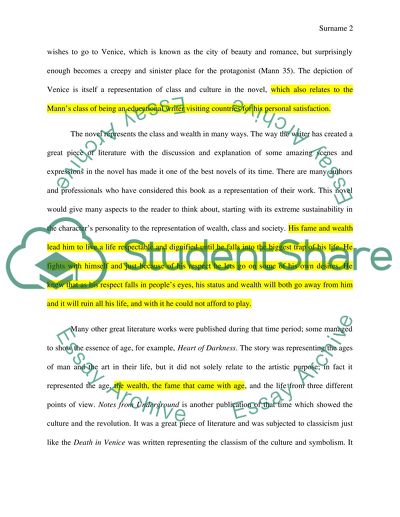Cite this document
(“Symbolism and Polarization in Death in Venice by Thomas Mann Essay”, n.d.)
Retrieved de https://studentshare.org/english/1457190-death-in-venice-by-thomas-mann-or-jacob-s-room-by
Retrieved de https://studentshare.org/english/1457190-death-in-venice-by-thomas-mann-or-jacob-s-room-by
(Symbolism and Polarization in Death in Venice by Thomas Mann Essay)
https://studentshare.org/english/1457190-death-in-venice-by-thomas-mann-or-jacob-s-room-by.
https://studentshare.org/english/1457190-death-in-venice-by-thomas-mann-or-jacob-s-room-by.
“Symbolism and Polarization in Death in Venice by Thomas Mann Essay”, n.d. https://studentshare.org/english/1457190-death-in-venice-by-thomas-mann-or-jacob-s-room-by.


